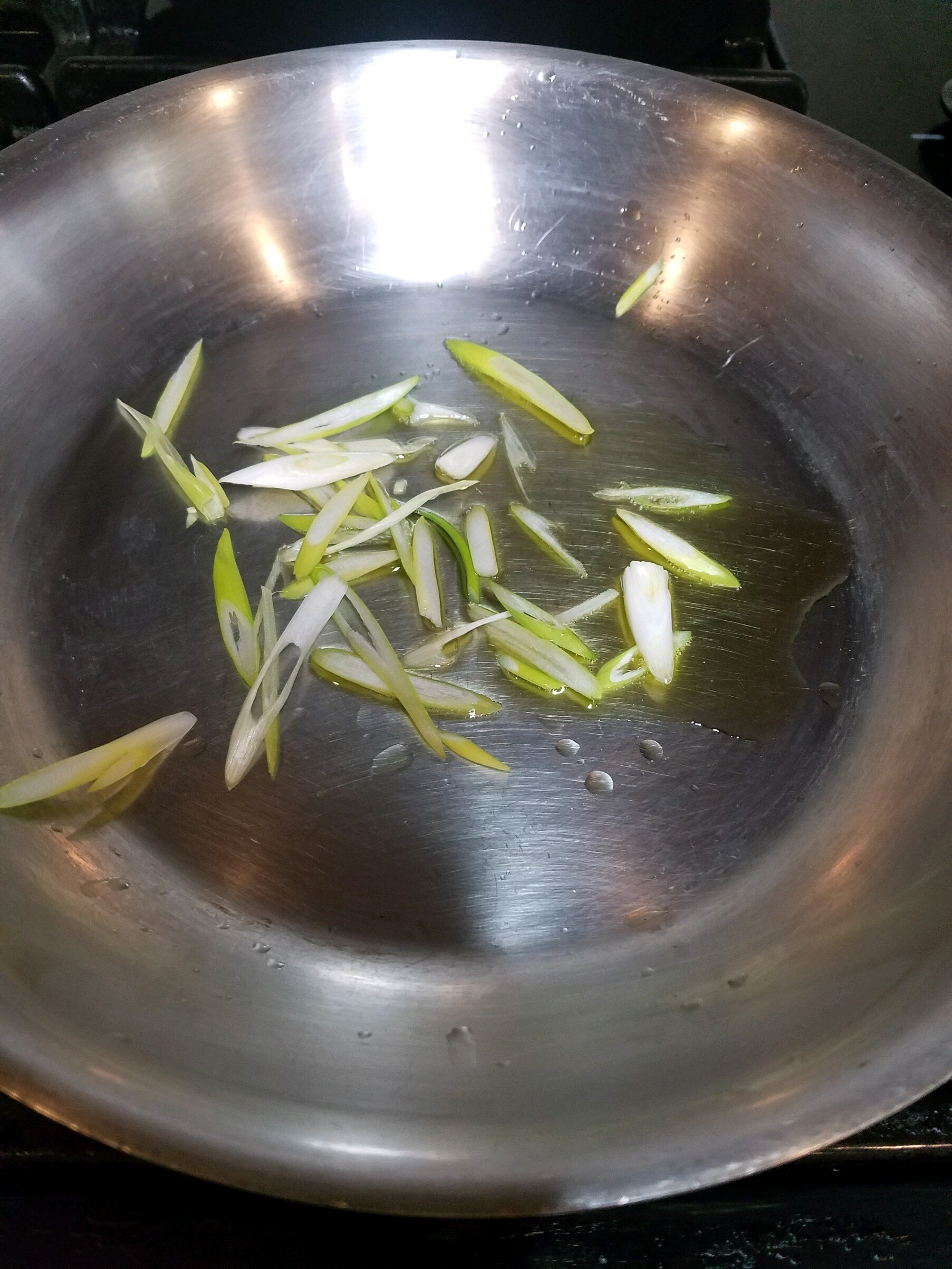It's Halloween week!
Not only is candy taking over supermarket shelves, but grocery store bins are piled high with winter squash. Spaghetti squash, acorn squash, kabocha, delicata, and pumpkin make delicious — and healthy — additions to your late fall meals. Winter squash is packed with flavor, not to mention vitamin C and vitamin A.
Despite the fact that they are big and bulky, they are easy to cook. You can add cubed squash to soups or salads or eat them roasted, straight out of the oven. Try mashing squash with butter and sour cream for a great mashed potato substitute. If you save the seeds, you can toast them with coarse salt in the oven for a post-hike snack. Cooked and pureed squash is a sweet addition to pies and cakes.
Winter squash also stores well. Most will keep for at least a couple of weeks on a kitchen counter, and the hard-skinned ones will keep much longer. We use winter squashes as fall-themed decorations until we're ready to eat them!
Don't forget that peels, pulp, and stems can be composted. If you're making a Jack o’ Lantern this week, you can compost that too, after lighting it for a couple of nights.
This week Chef Mike Lawson is sharing a recipe for roasted delicata squash. Delicata is a good choice for this recipe because you can even eat the skins, but you can use other winter squash for this recipe too.
Roasted Delicata Squash
2 ea delicata squash
2 ea scallions
3 T red wine vinegar
1/4 c extra virgin olive oil
pinch red chili flakes
pinch ground cumin seed
as needed neutral oil for frying (like canola oil)
1. Preheat oven to 350°, and wash the squash.
2. Cut the ends off the squash, and split the squash in half lengthwise, reserving the pulp and seeds from the squash. Leaving the skin on, cut the squash into half moon shapes, about ½-inch think and set aside.
3. Place the seeds and pulp in a small pot, add a pinch of salt and cover with water. Bring the water and seeds to a boil and gently simmer for 5 minutes. With a slotted spoon or spider, remove the seeds from the water, leaving the pulp behind. Place the seeds in a bowl of cold water and allow to cool for a few minutes. While they are cooling, strain the cooking water through a fine mesh strainer. Save this liquid as it can be used as a base for squash soup, or more vegetables can be added to it to make a winter vegetable stock.
4. Once the seeds have cooled, strain the seeds once again, separating the seeds from the pulp. Discard the pulp and water, and dry the seeds on a paper towel. Heat ¼ c. of neutral oil in a heavy-bottomed pan or pot on high heat, and fry the dried seeds in the oil. Be careful, as some of the squash seeds will pop. When they are golden brown, strain the seeds from the oil and onto a paper towel. Season immediately with salt and any spices you would like. Place the seeds on a sheet tray, and place in preheated oven for a few minutes to finish cooking. Once they are golden brown and tasty, remove from the oven and allow to cool. You can save the oil from frying the seeds to roast the squash.
5. Steps 1 - 4 can be done a couple of days ahead of time. Store the cut squash in the refrigerator, and keep the fried seeds in an air tight container at room temperature.
6. Slice the scallions thinly on the bias, separating the white from the green parts, and place to the side.
7. When ready to serve, heat a sauté pan or cast iron pan on high heat. Add approximately 2 T. of reserved frying oil to the pan. Once hot, place the squash in the pan, and season with salt. Do not overcrowd the pan, or the squash will not get any color. You may have to cook the squash in batches. Cook on one side until golden brown, and then flip each piece over and cook until golden brown on the other side. Move the squash to a foil-lined sheet tray, and continue cooking the rest of the squash. When all of the squash has been seared and moved to the sheet tray, place the tray on 350° oven until just cooked through. Depending on how long it took to sear the squash, you may not need to cook the squash in the oven for very long, if at all. The squash should be soft but still hold its shape. You do not want to cook the squash until its mushy.
8. While the squash is finishing, heat a 1 T EVOO in a stainless steel pan over medium heat. Place the sliced whites of the scallions in the oil, and gently cook until translucent, 1-2 minutes. Once cooked, turn the heat off, and add the pinch of chili flake and ground cumin to the hot oil. Stir once, and deglaze with the red wine vinegar. Season with salt to taste. Move to a bowl, and whisk in the rest of the EVOO. You can adjust the spices to make the vinaigrette to your preference.
9. To plate, place the squash in a plate or bowl, sprinkle the fried seeds over the top, toss the scallion greens on top of the seeds and squash, and drizzle the vinaigrette over all of it.














